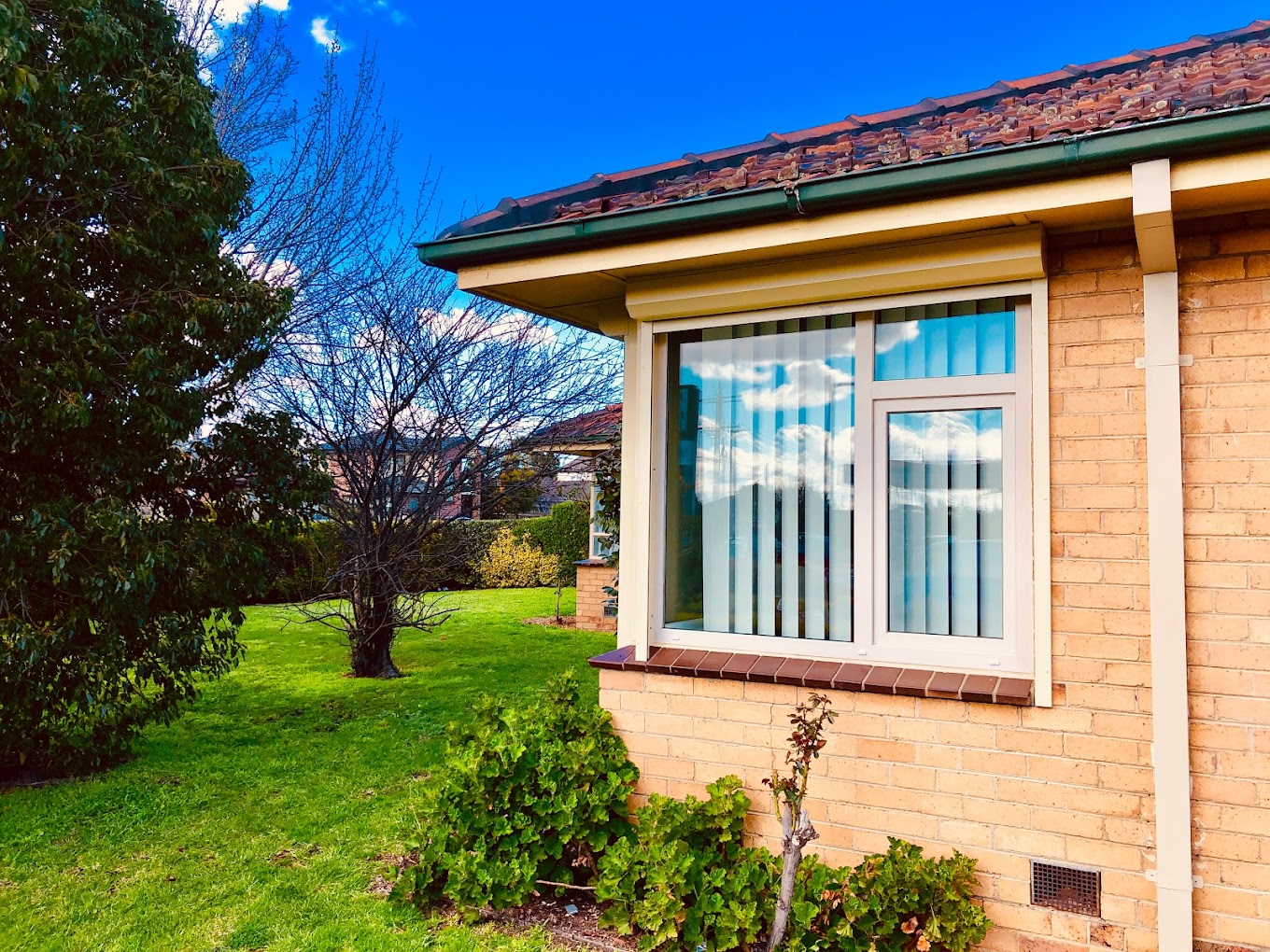All Categories
Featured
Table of Contents
Keeping Your Cool: The Benefits Of Double Glazed ... in Brigadoon Western Australia
Glazing merely indicates the windows in your house, consisting of both openable and fixed windows, as well as doors with glass and skylights. Glazing really just indicates the glass part, however it is normally utilized to describe all aspects of an assembly including glass, films, frames and home furnishings. Paying attention to all of these aspects will assist you to attain efficient passive design.

Energy-efficient glazing makes your house more comfortable and considerably reduces your energy costs. Improper or badly developed glazing can be a major source of undesirable heat gain in summertime and substantial heat loss and condensation in winter. Approximately 87% of a home's heating energy can be gained and approximately 40% lost through windows.
Does Double Glazing Reduce The Heat In Brisbane's Summer? in Darch WA
Glazing is a significant investment in the quality of your house. An initial financial investment in energy-efficient windows, skylights and doors can considerably decrease your annual heating and cooling costs.
![Best Way To Block Sun Heat From Windows [Professionally] in Maida Vale WA](https://winsulation.com.au/wp-content/uploads/2020/08/winsulation-double-glazing-brisbane-featured-image.jpg)
This tool compares window selections to a base level aluminium window with 3mm clear glass. Understanding a few of the key residential or commercial properties of glass will assist you to choose the finest glazing for your home. Secret properties of glass Source: Adapted from the Australian Window Association The amount of light that travels through the glazing is called visible light transmittance (VLT) or visible transmittance (VT).
Solace Creations: Home in Kelmscott Perth
The U value for windows (revealed as Uw), describes the conduction of the whole window (glass and frame together). The lower the U worth, the higher a window's resistance to heat flow and the better its insulating worth.
If your home has 70m2 of glazing with aluminium frames and clear glass with a U worth of 6. 2W/m2 C, on a winter's night when it is 15C colder outside compared with inside, the heat loss through the windows would be: 6. 2 15 70 = 6510W That is comparable to the total heat output of a large space gas heater or a 6.
Double Glazing Windows - The Best Installers In The Uk ... in Inglewood WA

If you pick a window with half the U value (3. 1W/m2 C) (for instance, double glazing with an argon-filled space and less-conductive frames), you can cut in half the heat loss: 3. 1 15 70 = 3255W The solar heat gain coefficient (SHGC) for windows (revealed as SHGCw) determines how readily heat from direct sunshine flows through an entire window (glass and frame together).
The lower a window's SHGC, the less solar heat it transfers to your home interior. Glazing producers state an SHGC for each window type and style. Nevertheless, the real SHGC for windows is impacted by the angle that solar radiation strikes the glass. This is known as the angle of occurrence.
Is Double Glazing Worth It? in Shoalwater WA
When the sun is perpendicular (at 90) to the glass, it has an angle of incidence of 0 and the window will experience the optimum possible solar heat gain. The SHGC stated by glazing producers is constantly computed as having a 0 angle of incidence. As the angle increases, more solar radiation is reflected, and less is transmitted.
Table of Contents
Latest Posts
The Surprising Benefits Of Double Glazing In The Summer ... in Dalkeith Western Australia
Why Install Stunning Double Glazing Windows During Summer? in Glendalough WA
Double Glazing Windows in Osborne Park Perth
More
Latest Posts
The Surprising Benefits Of Double Glazing In The Summer ... in Dalkeith Western Australia
Why Install Stunning Double Glazing Windows During Summer? in Glendalough WA
Double Glazing Windows in Osborne Park Perth